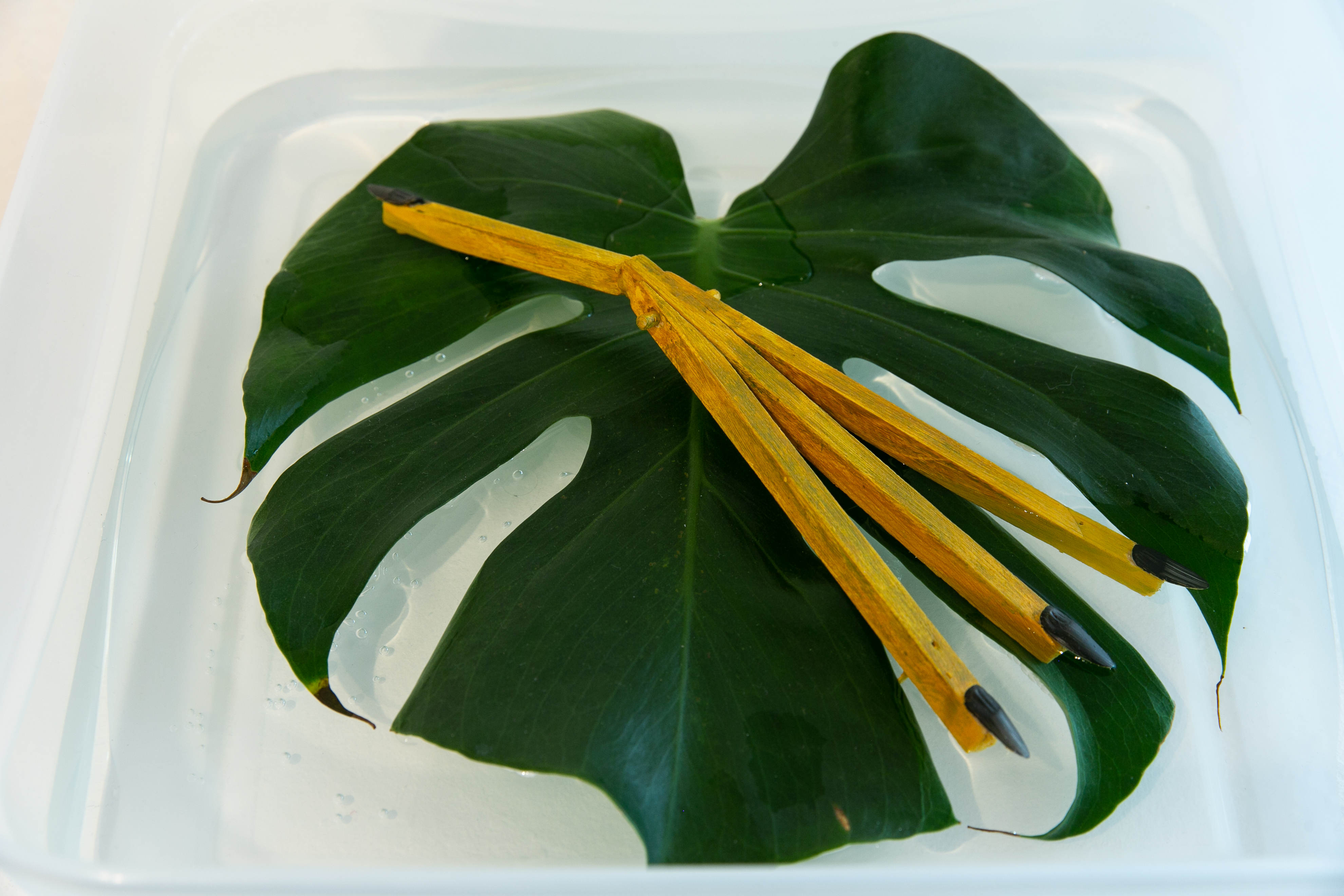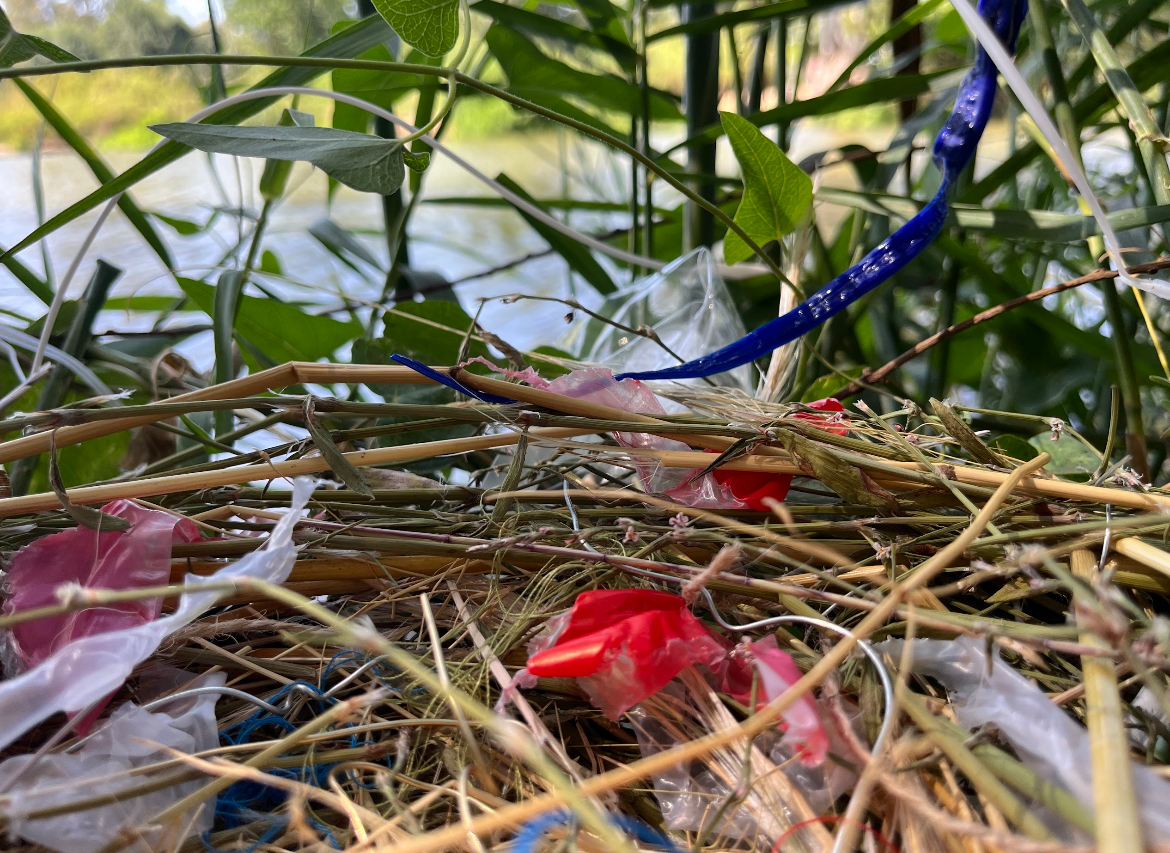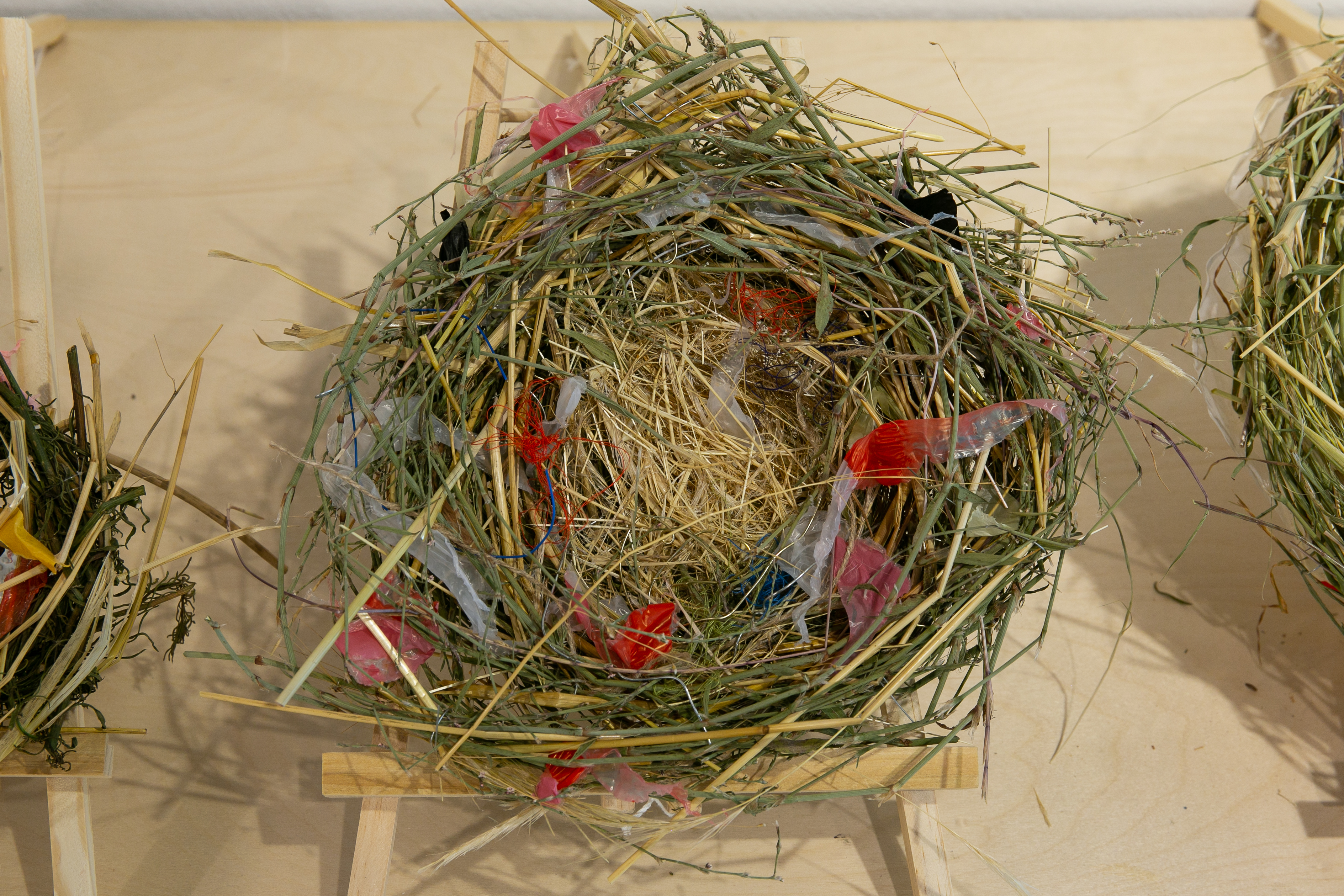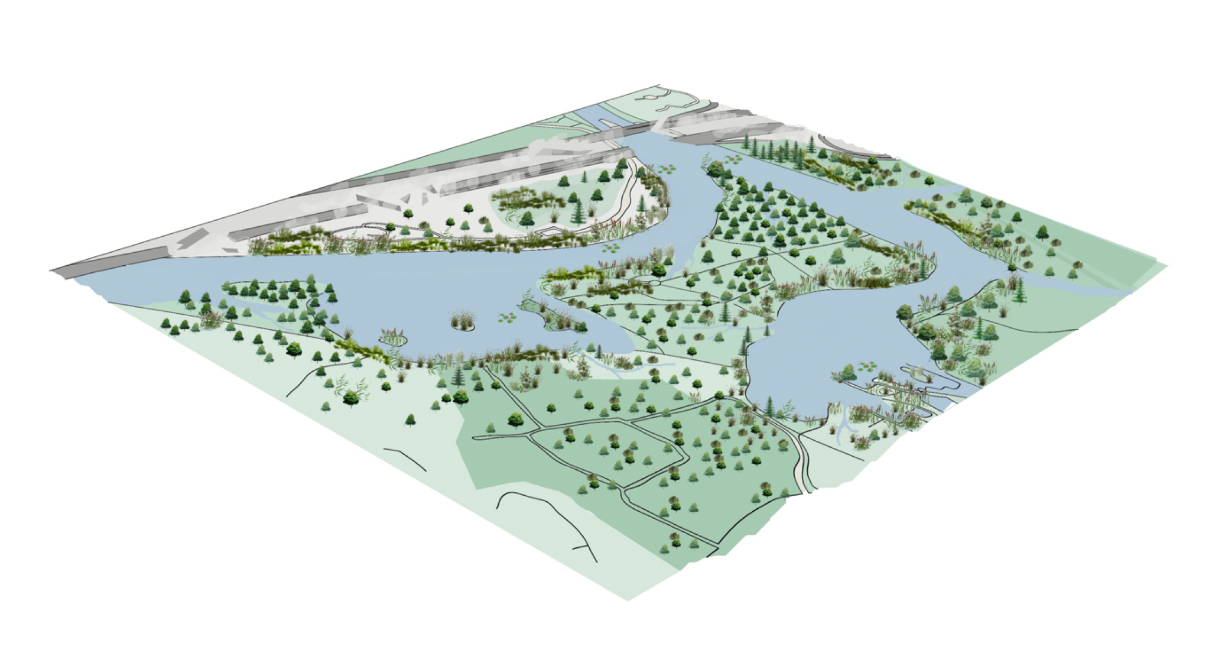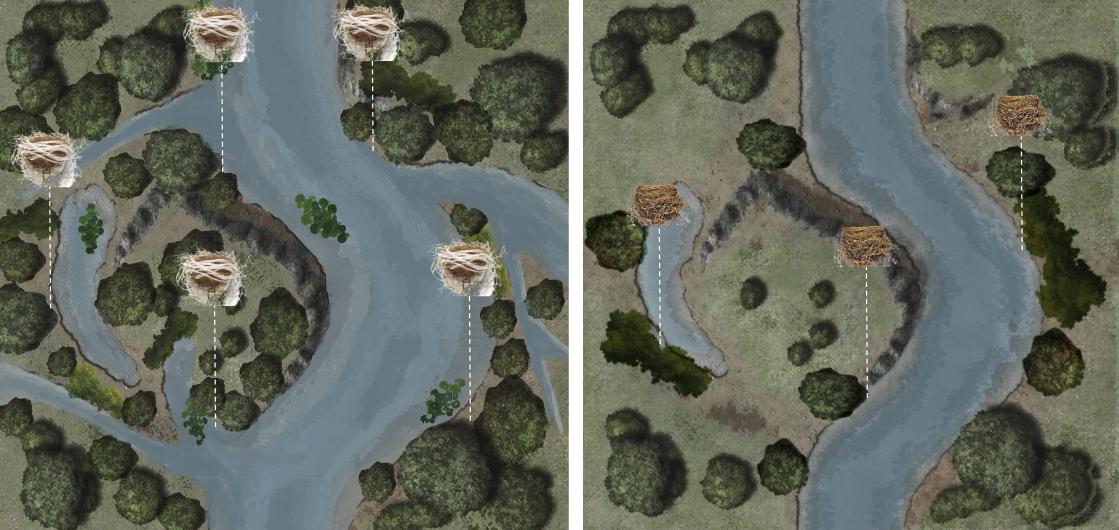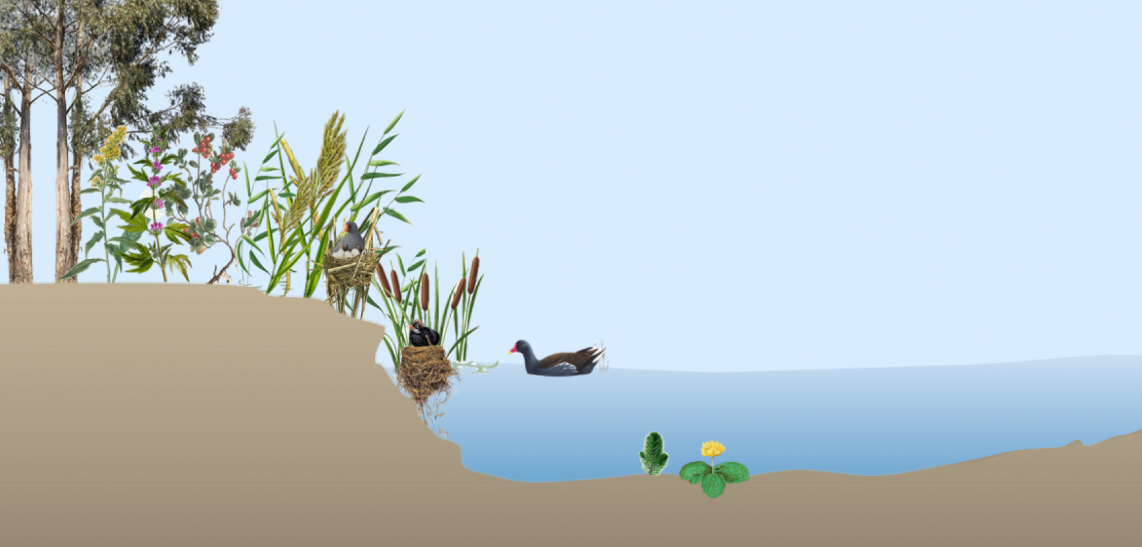The
moorhen is a species of waterfowl in the rail family (Rallidae). While small
and lightweight, it is unable to fly long distances. It lives in freshwater
lakes and rivers, where it mainly feeds on seeds, grass, snails, small fish and
worms. While not an endangered species, the common moorhen faces daily threats
from invasive predatory species like cats and mongooses. In the future, the
common moorhen will have to cope with environmental changes that will lead to
physiological changes in its body and altered living conditions. For example,
in a scenario where the rising sea level will raise the water level in the
Yarkon estuary, the moorhen’s legs will lengthen to keep the bird’s lower body
above water, allowing for better swimming and nesting in taller vegetation.
With the rising temperature, the moorhen will have to develop the ability to
migrate to colder regions. Its body will become smaller and lighter, and its
wings will widen to enable flight and migration. Furthermore, the moorhen will
start using different materials to build its nests, as the materials available to
it will change. The new additions will include pieces of plastic, rubber, and
cardboard and Styrofoam scraps. The nests will emit a pungent odor to keep
jackals and other predators away from the moorhen’s eggs.
|

